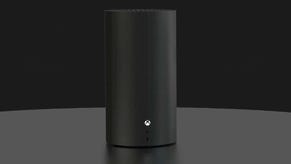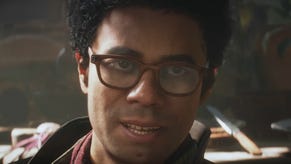That difficult second screen
Maps, inventories and air-strikes are fine, but is there more to console gaming's latest preoccupation?
The biggest problem with Nintendo's E3 line-up this year wasn't what the platform holder chose to show off but, rather, what it didn't.
I'm not purely talking about old bugbears, either, like the absence of beloved series such as Metroid or F-Zero, or even - whisper it - the arrival of new IP. I'm more concerned about the GamePad, the controller that the Wii U initially seemed to have been built around - and a component that, ever since the console's release, has been waiting for its moment to truly shine.
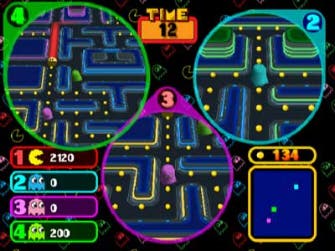
Watch the E3 Nintendo Direct broadcast and you could be forgiven for forgetting that the Wii U even comes with a second screen. Nintendo seems to have forgotten, anyway. It's entirely possible that all the Wii U games on display have glorious uses for the GamePad that just weren't covered properly - we already know that The Wonderful 101 has some neat second screen moments when you go indoors, for example, while Bayonetta 2 allows for full touchscreen control. That said, when features such as a main character's new haircut merit a proper mention, you can't help but suspect anything groundbreaking for the system's controller would be called out too. Aside from typically delightful use in the Wind Waker remake - you can now put messages in bottles and then drop them into the Great Sea for others to find - the whole half-hour pretty much passed in its entirety without so much as a GamePad cameo. Even then, with the Wind Waker, we're still talking about a lovely gimmick that's been bolted onto a ten-year-old game rather than something more fundamental to the design.
This is all doubly worrying because tablets have been everywhere at this E3, with second screen mechanics crowbarred into everything from Battlefield 4's Commander Mode to some kind of drone support role, by the looks of it, in The Division. Designers are clearly being encouraged to make use of tablet integration wherever they can with the new generation of consoles, and it would be nice to think that at some point we'll get mechanics for it that go beyond maps, inventories, waypoint setting and air strikes.
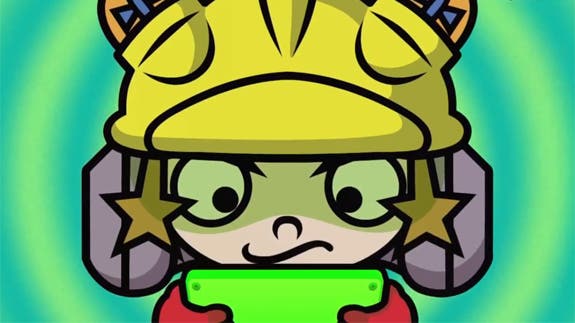
Is there more potential here? Almost certainly, but that Nintendo Direct gives me pause. The company that's already had a second screen on board for a good few months now hasn't yet come up with a truly unmissable use for it. It's great for parlour games, of course, and the best GamePad implementations so far have been built around the notion of a private, privileged perspective in multiplayer offerings. Elsewhere, though, we've had a handful of neat little touches, and lots of family-friendly freeing up of the television when Easties is on, but nothing that makes second screen gaming indispensable the way that Wii Sports brought the Wii Remote and Nunchuk to life in the last generation, or the way that Super Mario 64 turned that thumbstick into a superstar. In Mario Kart 8 you can use the GamePad as a horn apparently. Sold!
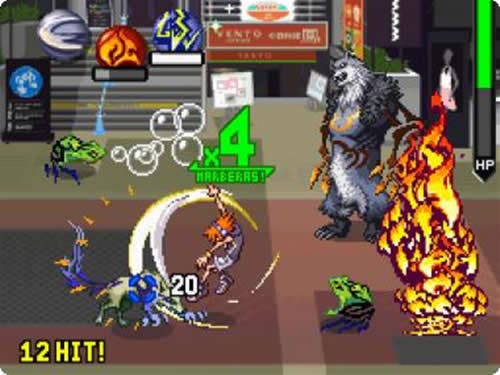
At this point, the company that's actually gotten the closest to delivering genuine second screen magic, in fact, is probably Ubisoft. With ZombiU, it used the GamePad to do the very thing so many designers must be worried about: it used it to divide your attention - and to make you more vulnerable to the action unfolding on the telly - by acknowledging an inherent awkwardness to the Wii U set-up as your eyes dart between controller and HD display. It works wonderfully in a game about clumsiness and incumberance, then, but how many games are going to be able to make use of that revelation?
It's worth remembering, of course, that the 3DS, like the DS before it, has two screens and that designers are no longer expected to explain their uses in each new game reveal, just as they're no longer expected to find fresh ways to cram in microphone stuff or StreetPass. For second screens in living room console games, though, it feels like a slightly different proposition, however - ZombiU and a few brilliant mini-games aside, we're still awaiting real proof of its worth. And if Nintendo can't make a second screen sing, who else is going to?




-3-31-23-screenshot.png?width=291&height=164&fit=crop&quality=80&format=jpg&auto=webp)

